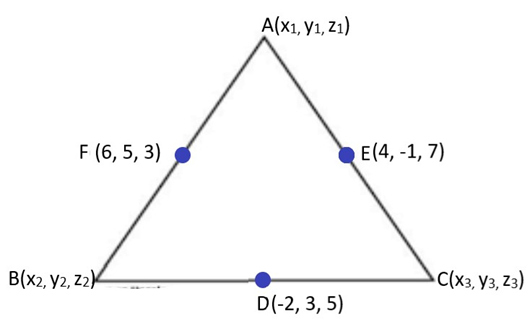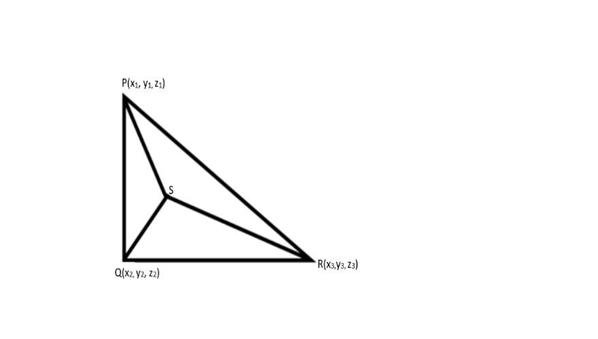Important Questions for CBSE Class 11 Maths Chapter 11 Introduction to Three Dimensional Geometry FREE PDF Download
FAQs on CBSE Class 11 Maths Important Questions - Chapter 11 Introduction to Three Dimensional Geometry
1. Why should I practise important questions for Chapter 11 - Introduction to Three Dimensional Geometry?
Practising these questions helps focus on key concepts, improves problem-solving skills, and prepares you effectively for CBSE exams.
2. Do the important questions cover all topics from Chapter 11 Introduction to 3 Dimensional Geometry?
Yes, they cover all major topics such as 3D coordinates, distance between points, section formulas, and equations of a line in space.
3. Are these Important Questions for CBSE Class 11 Maths Chapter 11 similar to those asked in previous CBSE exams?
Yes, they are designed based on the CBSE exam pattern and include questions similar to those frequently asked in exams.
4. Will these questions help me score full marks in Chapter 11 Introduction to 3 Dimensional Geometry?
Solving these questions thoroughly will give you a strong grasp of the chapter, increasing your chances of scoring well in this section.
5. Do I need to solve NCERT questions along with Important Questions for CBSE Class 11 Maths Chapter 11?
Yes, solving NCERT questions along with these important questions will ensure comprehensive preparation.
6. Are the Important Questions for CBSE Class 11 Maths Chapter 11 suitable for students of all difficulty levels?
Yes, the questions range from basic to advanced difficulty, catering to students with varying levels of understanding.
7. Can I use these Important Questions for CBSE Class 11 Maths Chapter 11 for quick revision before exams?
Absolutely, these questions are perfect for quick revision as they focus on essential topics and commonly tested problems.
8. Do the solutions explain the steps in detail for Introduction to 3 Dimensional Geometry?
Yes, all solutions are provided with clear, step-by-step explanations to make learning easier.
9. Can I use these Important Questions for CBSE Class 11 Maths Chapter 11 for competitive exam preparation?
Yes, the concepts in these questions are also relevant for competitive exams like JEE, making them a valuable resource.
10. Where can I find the Important Questions for CBSE Class 11 Maths Chapter 11 - Introduction to Three Dimensional Geometry?
You can easily download the important questions as a FREE PDF from Vedantu Official Website.
























![coordinator of the centroid of triangle with vertices $A\left( {{x_1}{y_1}{z_1}} \right),{\text{B}}\left( {{x_2}{y_2}{z_2}} \right)$,T$\operatorname{and} C\left( {{x_3}{y_3}{z_3}} \right)$ is $\left[ {\dfrac{{{x_1} + {y_1} + {z_1}}}{3},\dfrac{{{y_1} + {y_2} + {y_3}}}{3},\dfrac{{{z_1} + {z_2} + {z_3}}}{3}} \right]$](https://www.vedantu.com/seo/content-images/5aaf354c-690c-4a65-a52d-1a3a90d9eb1d_1..png)






